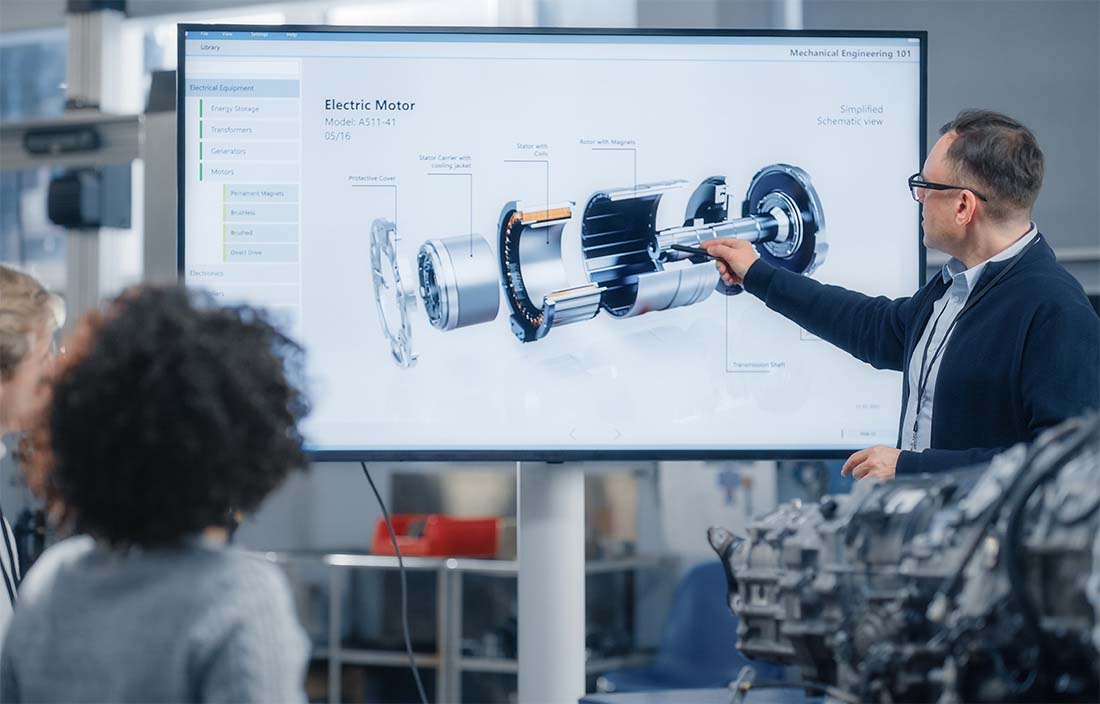Is a full-year audit in the year of transaction worth it?

Private equity funds often support the historical performance of a portfolio company with annual audits. This business decision is made because the owner believes it will enhance the value of the investment. However, we’ve seen some financial institutions request a full-year audit of a portfolio company in the year of acquisition, presumably to be able to compare the financial statements with the historical financials or to the due diligence report. But does the financing institution understand the implications of this request?
The acquisition of a controlling interest generally results in push-down accounting for most transactions; this distorts comparability due to assets and liabilities restating to the purchase price and recognizing most transaction costs as an expense during the period. Furthermore, the cost of the audit requirement is substantially higher as the entity pre-transaction is different than the entity post transaction; this requires two sets of financial statements with separate disclosures, further complicating any comparability.
There are four types of potential transactions: an asset purchase, a member interest purchase (for limited liability companies or partnerships), a stock purchase, or a swap of stock (merger). An asset purchase is acquired by a separate legal entity. Under partnership law, a change in partners generally results in a new legal entity. A stock purchase or swap retains the legal entity but, if a change in control occurs, generally accepted accounting principles (GAAP) still require the assets and liabilities to be restated to the fair value offered with the purchase price. GAAP requires separate opinions on separate legal entities or when push-down accounting is applied (creating a separate accounting entity), meaning separate balance sheets, income statements, statement of changes in equity and cash flows, financial disclosures, and separate testing to support the opinions.
Complications exist when there’s different information technology or new internal controls — all of which require separate testing. Furthermore, the loss of key management may stall the audit process where current management cannot comment on prior activity. More complications occur when the buyer doesn’t acquire all of the assets, and the predecessor continues to operate with the retained assets. Will the predecessor even share the information necessary for an audit in the prior period for assets that were never acquired?
Even when management remains the same with the same internal accounting controls and information technology, the auditor is required to treat each of the separate accounting entities as a separate opinion, even if presented in columnar format in one report. As a result, the auditor’s tests of account balances need to be replicated for each period presented. The good news is that there’s some consolidation of the internal control testing, but unfortunately, these generally represent less than 20 percent of the total cost of an audit. There are some synergies of planning the audits for both entities, selecting and conducting the various audit samples, and preparing the financial statements, but the total costs of the audit is anywhere from 40 to 80 percent higher than auditing a single entity.
Therefore, is the benefit of comparability worth the cost of an additional 40 percent or more for an audit, particularly when due to push-down accounting, the financial statements are less comparable? It would be one thing if the decision to loan the funds for the purchase was hanging in the balance. Unfortunately, the horse has already left the barn with the purchase of the company. While the auditors feel validated that the bank places so much trust in the audit opinion, does the bank understand that they’re requesting two audit opinions? Will it alter their opinion to fund the purchase?
Unfortunately, the horse has already left the barn with the purchase of the company.
Many CPAs aren’t truly familiar with push-down accounting and the fact that it requires each period to be treated as a different accounting entity. As such, they may unwittingly conduct an audit that doesn’t meet the required standards. A company should not ask for—nor should a financial institution accept—an audit that doesn’t meet auditing standards. Keep this in mind when evaluating if a full-year audit in the year of transaction is worth it.




